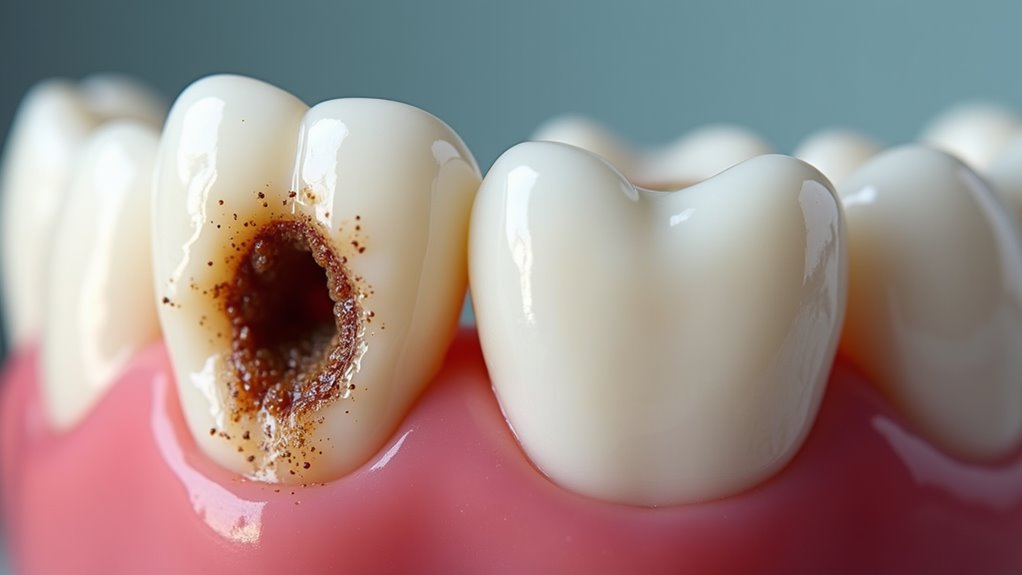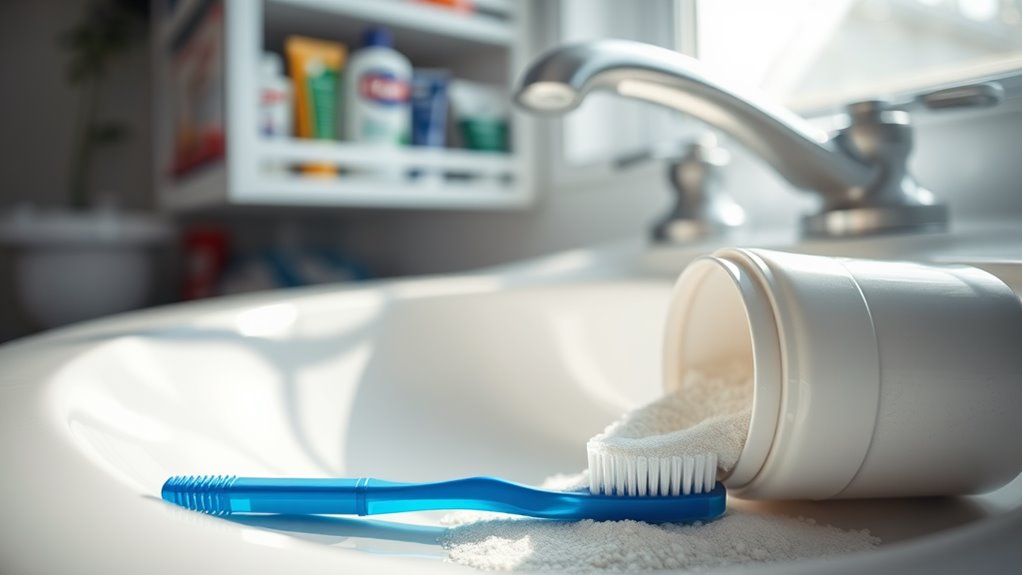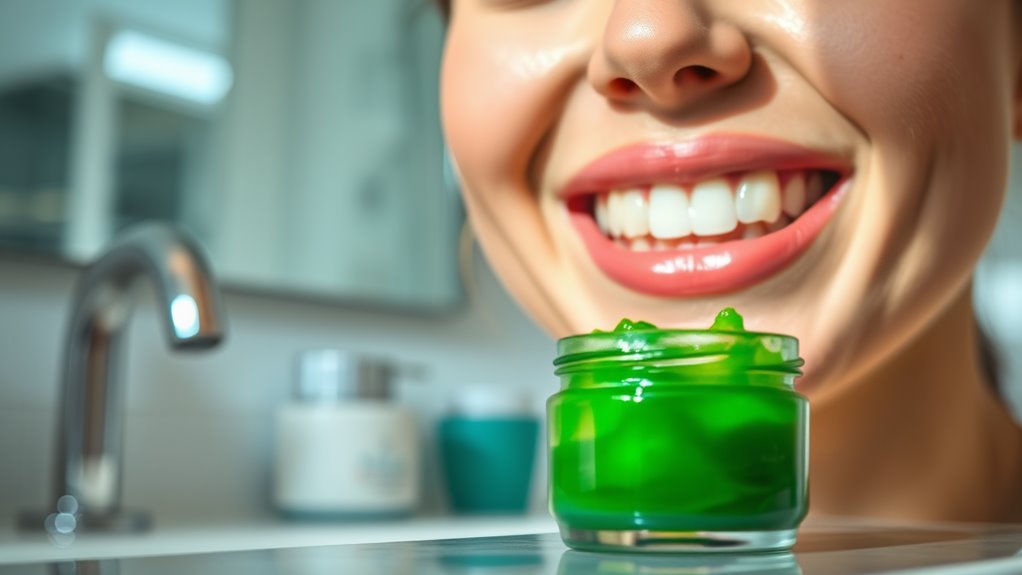Cavities. You Might Be Brushing Your Teeth WRONG!
You might think you’ve mastered the art of brushing your teeth, but there’s a good chance you’re making crucial mistakes that lead to cavities. Even if you brush twice daily, incorrect technique can leave harmful bacteria lurking in your mouth. From the angle of your toothbrush to the motion of your strokes, these seemingly minor details make a significant difference in preventing tooth decay. Let’s explore what you’re doing wrong and how to fix it.
Common Brushing Mistakes That Lead to Cavities
Although many people brush their teeth daily, they often make mistakes that increase their risk of cavities. These brushing mistakes causing cavities include using worn-out toothbrushes, rushing through the process, and applying excessive pressure that damages tooth enamel.
You’re probably missing crucial areas when you brush too quickly. The recommended two-minute duration ensures thorough cleaning of all surfaces, including hard-to-reach spots behind your molars. If you’re pressing too hard, you’ll wear down your enamel and make your teeth more susceptible to decay.
Don’t forget to replace your toothbrush every three to four months. A frayed brush can’t effectively remove plaque and bacteria, leaving your teeth vulnerable to cavities. Neglecting proper brushing technique can lead to further complications in oral health.
Also, brushing immediately after acidic foods can weaken enamel – wait at least 30 minutes. By avoiding these common mistakes and adopting proper techniques, you’ll significantly reduce your cavity risk and maintain better oral health.
The Right Way to Brush Your Teeth
Now that you know what not to do, let’s focus on proper brushing technique.
Position your soft-bristled toothbrush at a 45-degree angle against your gum line. Using gentle, circular motions, brush each tooth’s outer, inner, and chewing surfaces for two to three seconds. Don’t forget those hard-to-reach back molars.
For the inside surfaces of your front teeth, tilt the brush vertically and use up-and-down strokes. Pay special attention to the gum line where bacteria love to hide.
While brushing, divide your mouth into quadrants and spend 30 seconds on each section to ensure thorough cleaning.
You’ll want to brush for a full two minutes, twice daily. Apply just enough pressure to feel the bristles against your gums – imagine holding a pen, not a hammer.
Rinse thoroughly, and don’t forget to clean your tongue from back to front to eliminate bacteria and freshen breath. Additionally, remember that brushing twice a day is essential for oral health, with consistency key to preventing plaque buildup.
Essential Tools and Techniques for Cavity Prevention
Three essential tools form the foundation of effective cavity prevention: fluoride toothpaste, dental floss, and an appropriately-sized toothbrush.
You’ll want to choose a soft-bristled brush that fits comfortably in your mouth and reaches all surfaces easily. Make sure your toothpaste contains fluoride, which strengthens tooth enamel and fights decay.
Master the modified Bass technique: position your brush at a 45-degree angle against your gum line and use gentle, circular motions. Don’t forget to brush your tongue and the roof of your mouth to eliminate bacteria. For optimal results, brush for two minutes, twice daily.
Flossing removes plaque and food particles between teeth where your brush can’t reach. Use an 18-inch piece of floss, wrapping most around your middle fingers.
Curve the floss in a C-shape around each tooth, sliding it gently beneath the gum line. Additionally, maintaining a balanced oral microbiome is essential for protecting your teeth against cavities.




